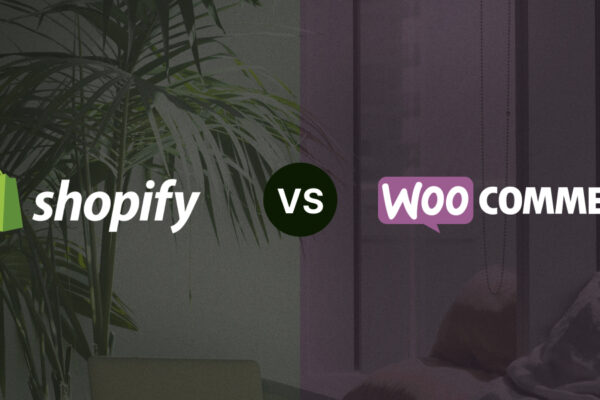The e-commerce marketplace is booming.
E-commerce’s activity is still small compared to the entire U.S. retail industry. But, most growth in the retail sector is happening solely in the online marketplace. During the first half of 2016, the retail sector as a whole saw a growth of 2%, while e-commerce saw a growth of 16%.
Simply put, e-commerce is rapidly growing, and online payment technology is a key factor in that growth.
Advances in online payment processes and electronic payment (e-payment) technology are equipping online retailers across the country to sell more products and make more money.
You, too, can readily accept online credit card payments for any business, with or without a website. Payments for product or service sales, invoices, and even subscriptions and donations can all be accepted online without requiring a lot of time or money.
There are a few ways you can accept credit cards payments online. Let’s review.
The Traditional Way To Accept Online Payments
The online purchase process seems simple enough, right? You add things to a digital shopping cart, enter a few lines of information, and click “Pay.” So, what makes it so complicated on the back-end?
Well, traditionally, the online payment process involves two factors: a merchant account and a payment gateway.
A merchant account is a specific type business bank account that lets you accept credit card payments.
A payment gateway processes the payment transaction between the parties involved, including your bank and the consumer’s bank. A payment gateway acts as the digital version of a credit card machine used in brick-and-mortar stores.
Acquiring both a merchant account and payment gateway involves a lot of effort. As a retailer, you must apply, wait to be approved, set up your website and payment processing options, and pay various related fees.
Nowadays, there’s a much simpler way to accept online payments – all-in-one payment solutions. We’re going to cover three powerful tools in this article.
The Modern Way: 3 Powerful Tools to Accept Online Payments
There are thousands of banks and billions of merchants and online shoppers. When the bank of a merchant (acquiring bank) and the bank of a shopper (issuing bank) are attached through one payment system, the payment process is instant and easy.
That’s where all-in-one payment solutions come into play. These third-party payment processors have made life easier for e-commerce businesses worldwide. This software facilitates the accepting online payments and doesn’t require a dedicated merchant account.
The associated fees and setup process are also friendlier to online retailers. There’s no need to apply and submit documentation for a third-party payment processor. As for pricing, you pay when you sell.
Let’s review three powerful tools that top e-commerce businesses use to accept online payments.
PayPal/Braintree
PayPal is incredibly popular. It has more than 100 million users and accommodates over 60% of online transactions. PayPal, powered by Braintree, lets you easily accept credit and debit cards and even extend credit to your customers–typically right on your website.
PayPal’s pricing is pretty straightforward. For online purchases and invoicing, merchants pay 2.9% plus $0.30 per transaction in the US.
Square
More than 2 million merchants use Square. The platform provides solutions for both selling online and in-person.
Depending on your business level and knowledge of coding, Square offers multiple e-commerce site integrations. With no setup or monthly fees and no long-term contract required, many online startups and retailers choose the Square platform. Square’s pricing is similar to PayPal’s: 2.9% plus $0.30 per transaction.
Stripe
Stripe is a great option for digital startups. It’s pretty code-heavy, so having a developer on your team is probably helpful. Otherwise, you can use the Stripe plugin or software integration with your website, if it’s built on a popular platform like Wordpress or Shopify.
Stripe accepts all major credit and debit cards, as well as other modern forms of payment like Bitcoin, Android and Apple Pay, and ACH. Stripe also offers a beautiful API for your payment processing experience. Like PayPal and Square, Stripe’s pricing is 2.9% plus $0.30 per transaction.
Make It Easy to Accept Online Payments
Before you choose a platform, make sure you do your research thoroughly. What are the transaction rates? Do these platforms charge all types of cards the same? What are the contract terms? What happens if I refund a payment?
Understand all factors of your decision before committing to a payment processor.
There are plenty of powerful tools out there that can help you accept online payments and get started making money. As an online retailer, you already face a multitude of decisions for your business. Don’t make your payment processing one of the hard ones.










